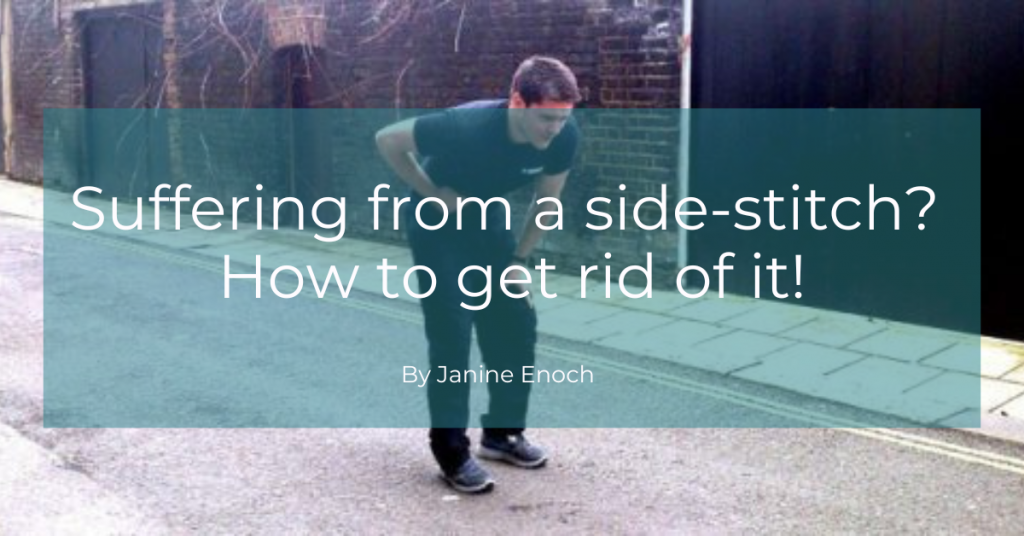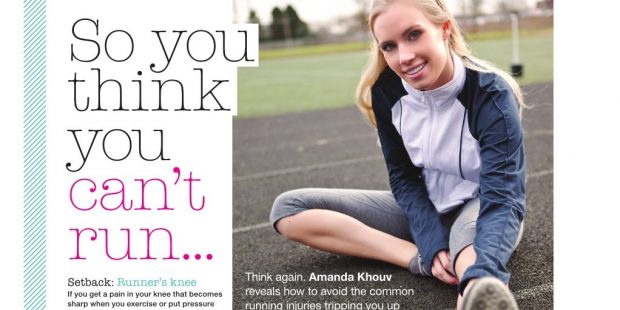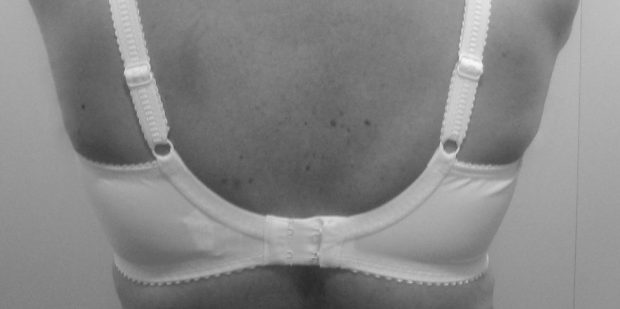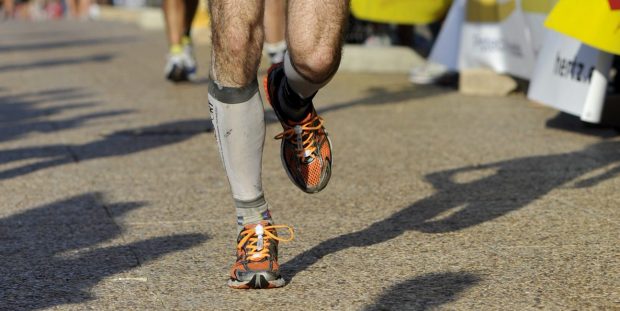Top 5 Summer injuries and how to prevent them
1. Gardening injuries
We kicked off June with a very balmy Jubilee weekend and it’s been a brilliant summer so far! If you enjoy a chilled glass of rosé, weekend BBQs, and a spot of gardening too, you’ve found good company!
Gardening injuries, however, are quite common, so here are some handy hints to help you get the most of your long summer days. Extended pruning time, using inappropriate tools, and heavy lifting with poor technique are often the biggest culprits!
Try the following to keep your love for gardening alive:
- Warm up before you weed-up! Try taking a brisk walk to get your heart rate up, prior to starting your gardening session.
- Sit on a stool or kneel on foam pads to help prevent knee and back pain when planting or weeding.
- Long handle tools will reduce the work and prevent you from overstretching.
- Impose a 20-minute limit (to make a cuppa of course) to take a short break especially if you’re a gardening novice!
Don’t spoil a perfect day in the garden with a pesky injury! If you have any questions about an injury or wondered whether we can help, book a free 15min call to chat about how we could help you.
2. Neck strains
If catching some rays on your back is a priority this summer, be sure to set a timer or get someone to wake you. Apart from the obvious perils of turning into a lobster and the pain associated with it, getting a stiff neck from lying prone (on your tummy) on the beach will certainly put a damper on your holiday. Reading for long periods on a sun lounger can also cause a crick in the neck, so be sure to do a few neck stretches every so often to keep your neck mobile. Here are some useful neck stretches to try.
- Tilt your head to one side and hold for 15-20 sec and then to the other side.
- Roll your shoulders forwards 5 times and then backward.
3. Running shin splits
Trying to get beach-fit quickly? Trying to run away those extra pounds? A sudden increase in running thresholds (especially if you’ve never run) is one of the biggest single causes of shin splints. This, together with wearing inappropriate footwear, a higher BMI and flat feet are among the top factors that can result in shin splints. Try switching to swimming or cycling instead and seek physiotherapy advice before hitting the pavement again to avoid this common summer injury.
4. Plantar fasciitis
In warmer weather, we tend you to swap our more supportive shoes for flip-flops, pumps, and sandals. Whilst increasing the airflow helps us feel cooler, our feet have to work a lot harder to help us move. This can cause aching burning feet at the end of the day. The intrinsic foot muscles may have deconditioned over the long winter and therefore be subject to strain and fatigue. If you suffer from burning feet, try doing the following:
Place a bottle of water in the freezer for an hour or so. Place it under your foot to act as an ice roller- trust me, it will absolutely hit the spot to relieve your burning feet!
5. Cycling injuries
Fair weather cyclists the world over can all relate to a “dead pinky” or lower back pain after getting into the saddle. Bike setup is crucial to your cycling comfort and can also contribute to the work of cycling. Your pre-bike fitness however will set you up to ensure you’re recruiting the correct muscles for your pedal power and avoid injury. Weak glutes are sometimes responsible for overworking the lumbar spine or hamstrings. A simple bridge exercise is useful for hip mobility and strength, particularly for cyclists as it replicates the action of the downward force of pedaling and isolates glut muscles.
We hope that these few simple golden nuggets will help keep those summer injuries at bay and that you have a wonderful and long summer!








